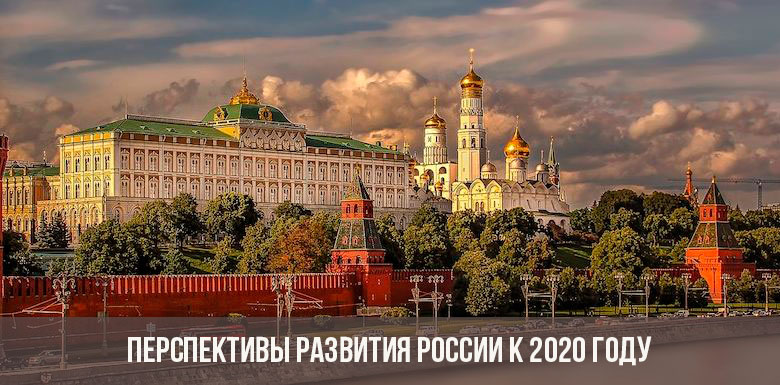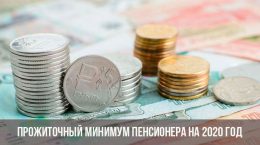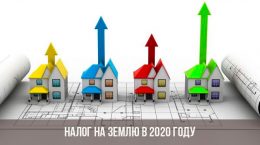According to the theses of long-term planning and the outlined prospects for the development of Russia, by 2020 it should be among the five leading countries in terms of GDP, improve economic indicators and solve the budget deficit problem, which will become a prerequisite for improving the well-being of citizens. To achieve these goals, the government initiated a series of reforms that will affect all segments of the economy and the social sector. Despite the fact that the implementation of the announced plans may be hindered by the current sanctions and the unstable situation on the world oil market, in the future the task will be to accumulate internal resources and potential in order to push the economy to growth even taking into account current restrictions.
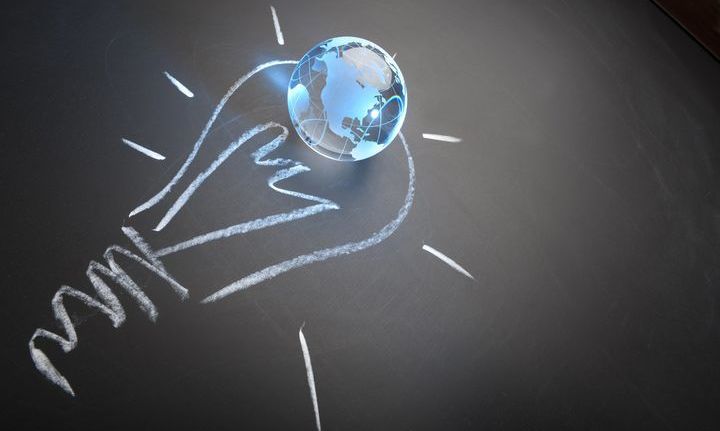
Industrial sector
According to expert forecasts, by 2020, the dynamics of industrial production growth in the Russian Federation will be quite modest and the GDP indicator is unlikely to be higher than 1.5%. Instead of the mining industry, the leader will be the manufacturing, whose growth rate will be about 2% (the exception is the defense complex, the development of which is one of the priority areas for the government of the Republic of Tatarstan).
In the manufacturing industry, growth drivers will be such areas:
- Machine building (in the period 2018-2020, the growth will be 4.2%), where there will be an increase in the level of demand for manufactured products (road transport equipment, freight cars, machine tools, cars, etc.).
- Chemical industry (annual growth will be on average 3.6%), due to which the food shortage due to import substitution will be partially covered. Unable to purchase fertilizers and plastic products on European markets, Russian enterprises (primarily in the construction and industrial sectors) will be forced to buy such products on the domestic market, which will prevent the outflow of currency abroad. In addition, an increase in demand for pharmaceutical products and household chemicals from consumers is expected, which will be inevitable after an increase in household incomes.
- Timber industry, where the average growth rate will be about 2.7%. Such indicators will be achieved by increasing domestic consumption and increasing the pace of construction.
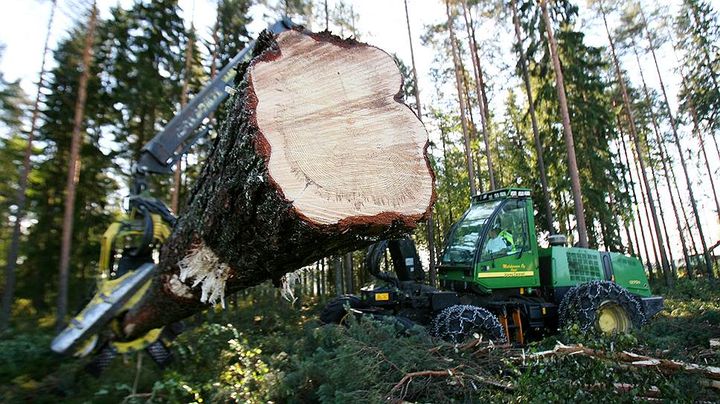
In the context of the question of the prospects for the development of Russian industry for 2020, one cannot fail to note another trend - the growth in the volumes of production and marketing of non-metallic mineral products. But here we can only talk about restoring positions, given that this is due to a sharp decline in indicators in this industry in previous years.
In general, given the situation on world markets, the industrial sector will be oriented primarily towards domestic consumption. But the situation may change if markets for Russia in Europe and the United States open.
Economy
The development trend of the Russian economy directly depends on the cost of oil in the world market. At the moment, experts are considering two scenarios, according to which the price of Urals oil will remain at the level of $ 35 per barrel. or grow up to 45-50 dollars per barrel. Moreover, they believe that the forecast should be built taking into account the preservation of the current sanctions regime and the adopted course of the domestic economic policy of the Russian Federation.
If the cost of oil is critical for the federal budget of $ 35 per barrel, it is unlikely that a long recession will be avoided, during which the economy adapts to the current external conditions. To reduce the budget deficit, the government will be forced to strengthen the policy of limiting the financing of social programs, but even such unpopular measures will not be able to cover all costs and the deficit will be at least 500 billion rubles.
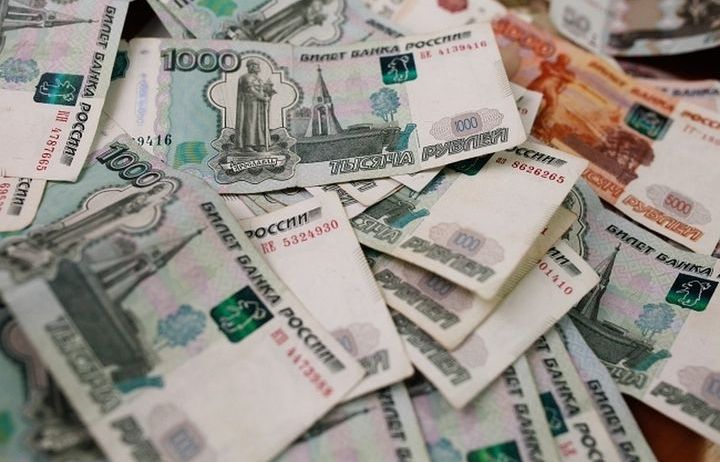
The outflow of capital will continue, and the Central Bank of the Russian Federation will be forced to make regular interventions in order to maintain the dollar exchange rate at 73.5 rubles.
In case of an increase in the cost of oil to $ 50 per barrel. the situation may improve, but with the current dynamics of budget spending, you should not rely on maintaining sovereign funds at the 2015 level. It is assumed that the funds of the Reserve Fund will end in 2018, and by 2020, the resources of the NWF will be reduced to 2.6 trillion. rub. But with rising oil prices, governments will have more opportunities to subsidize the social sector and increase public sector wages.
As for exchange rates, even with an increase in the cost of oil, the Central Bank will still be forced to carry out currency interventions so that the value of the dollar does not exceed 65 rubles. But the expensive national currency will not be a priority area of the monetary policy of the Russian Federation, especially since the volume of reserves through which the interventions are carried out has long been substantially reduced.
The well-being of citizens will not grow at a rapid pace, even if there is a positive trend in the country's economy. The recovery of income will be hindered by a long stay between stagnation and recession, even despite all the government’s attempts to quickly index salaries (primarily in the budget sphere).
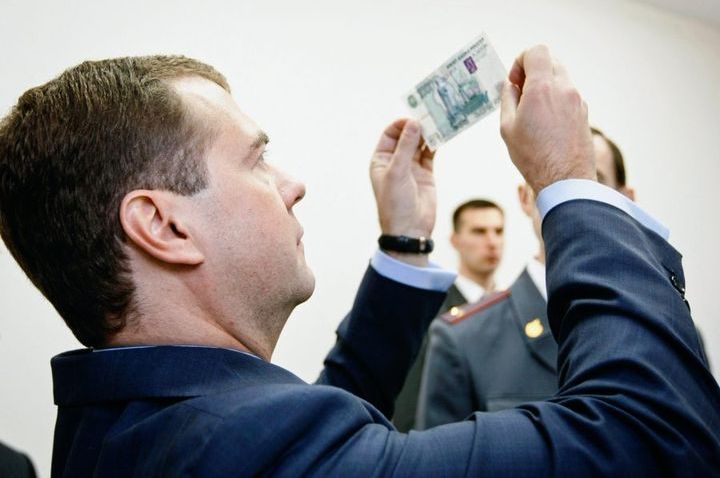
Agriculture
The development of our own agriculture, due to which complete import substitution will be achieved and the issue of food security will be resolved - this is a real prospect of Russia's development until 2020. Following the previously adopted "State Program for the Development of Agriculture and the Regulation of Agricultural Products, Raw Materials and Food Markets for 2013–2020", the government plans to pay great attention to strengthening the sustainability of agricultural enterprises, increasing the efficiency of resource use and greening all production cycles.
It is assumed that according to the results of the approved state program, by 2020 the share of Russian manufactured goods should increase significantly (compared with 2012, the growth should be at least 24.8%). And the profitability of individual agricultural enterprises should increase by at least 10%. In particular, the volume of potato production will increase to 6 million tons, vegetables that grow on open fields - up to 5.2 million tons, on protected soils - up to 1.4 million tons. And the total area of perennial plantings should be at least 65 thousand hectares.
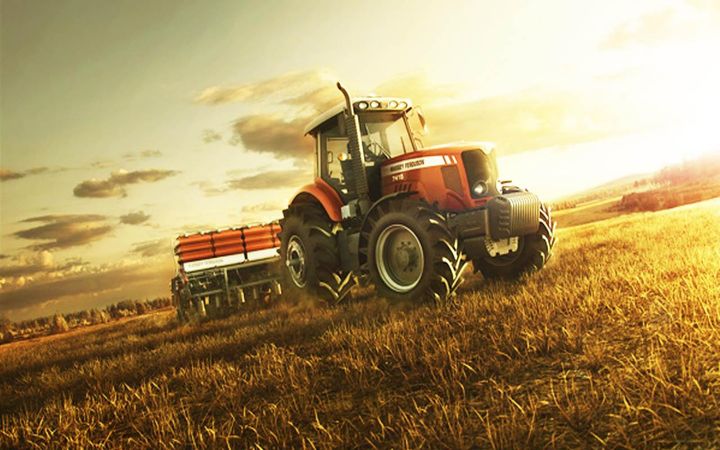
The government annually subsidizes the approved support program aimed at import substitution and agricultural development, and is not going to stop there. But a full-fledged implementation of plans can be hindered by a recession in the economy, as experts constantly warn, which will entail a reduction in the funding of targeted programs.
Read also:

